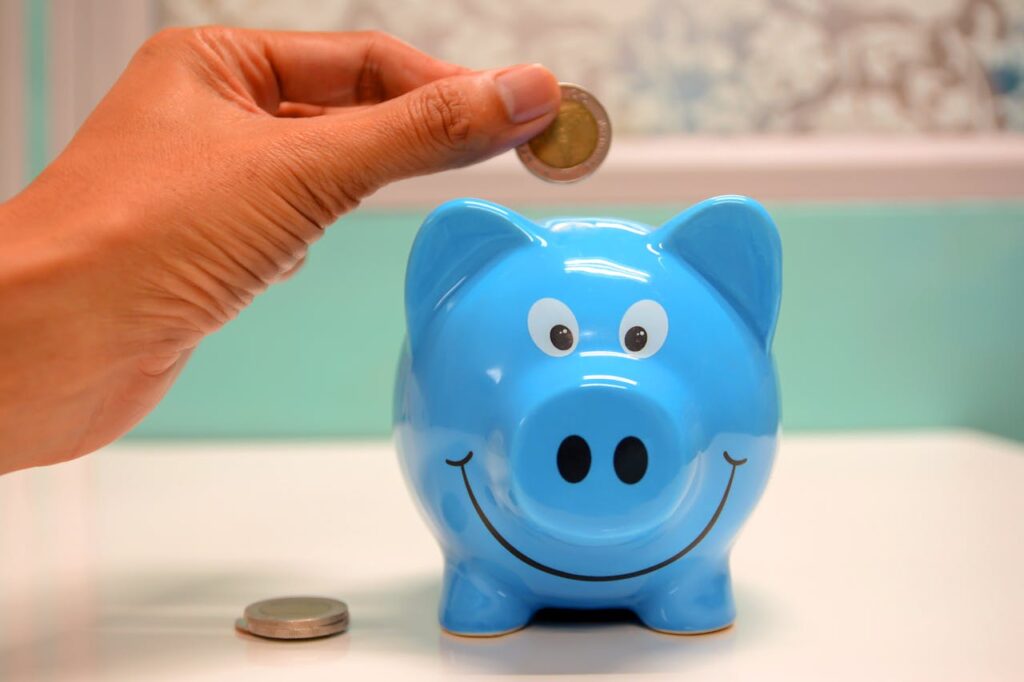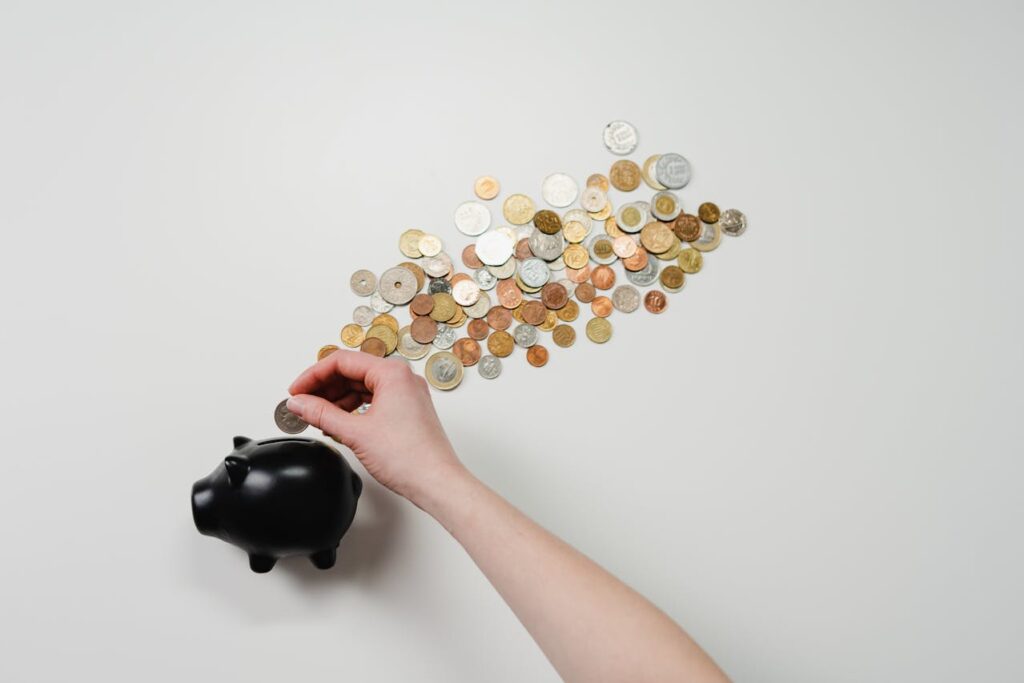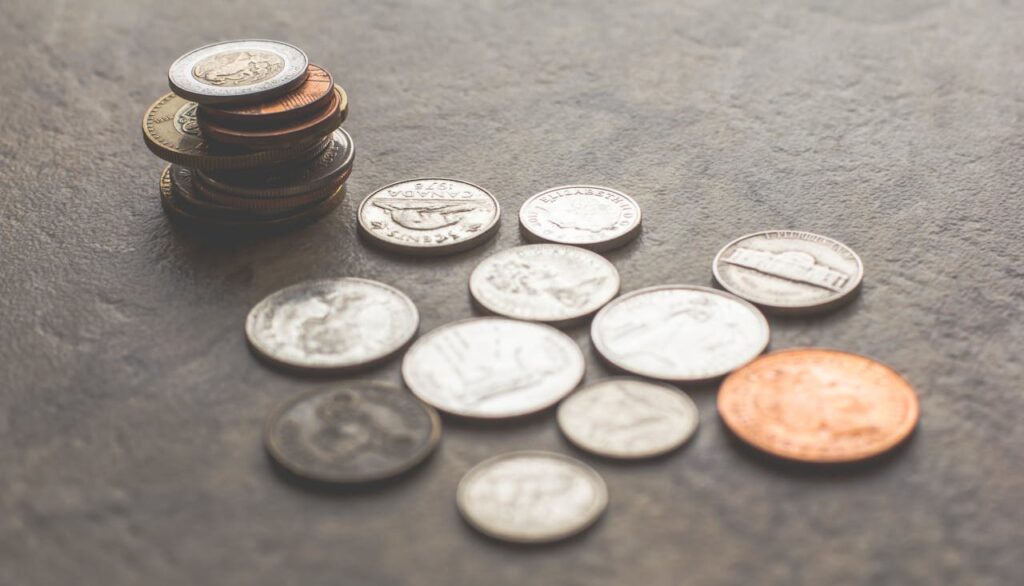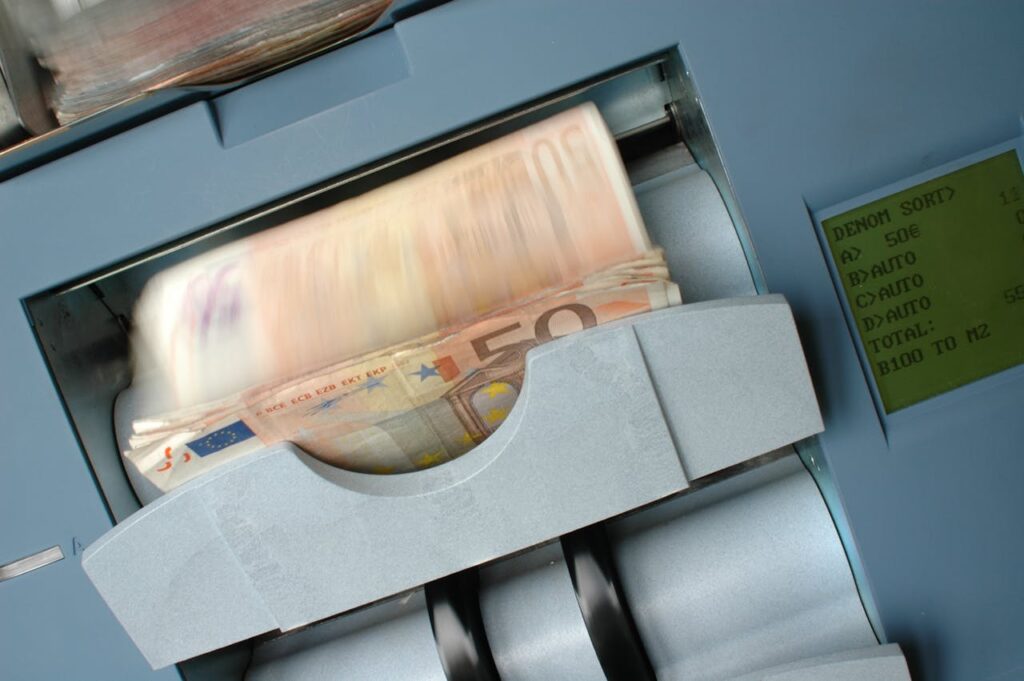Best Probability Predicting Numbers 12
Best Probability Predicting Numbers: Unlocking the Science Behind Forecasting.
Unveiling the Science Behind Number Prediction

Best Probability Predicting Numbers is a fascinating concept that stretches across various fields—from sports and gambling to finance and meteorology. It’s a mathematical way of estimating how likely something is to occur. In the world of numbers, probability helps people make educated decisions based on statistical analysis. But which numbers are best for probability prediction? This article dives deep into the concept of probability, exploring the best numbers and techniques that can improve forecasting accuracy.
What is Probability? An Overview – Best Probability Predicting Numbers
Probability is the measure of the likelihood that a given event will occur. Represented as a number between 0 and 1, where 0 indicates impossibility and 1 represents certainty, it plays a critical role in many areas of life, from scientific research to day-to-day decision-making. When working with probabilities, key numbers, percentages, or fractions reflect the chance of an event happening. For example, a 50% chance equates to a probability of 0.5.
The essence of probability boils down to understanding patterns, numbers, and outcomes. The goal is not to predict future events with absolute certainty but rather to estimate their likelihood based on known data.
How Probability is Used in Real-World Scenarios – Best Probability Predicting Numbers
Probability has applications in nearly every sector. It’s used to:
- Predict weather patterns: Meteorologists rely on probability to estimate the likelihood of rain, snow, or other weather conditions.
- Stock market analysis: Investors use probability models to forecast stock trends and market fluctuations.
- Gambling and gaming: Casinos and bookmakers use probability to set odds and payouts.
- Insurance: Actuaries calculate the probability of accidents or natural disasters to set premiums.
In each of these fields, understanding the best numbers to predict probabilities can offer a competitive edge. Let’s take a closer look at the specific numbers and methods that enhance probability predictions.
Key Numbers in Probability Theory – Best Probability Predicting Numbers
There are specific numbers and values that are crucial to understanding and applying probability:
Probabilities Between 0 and 1
The fundamental range for probability is between 0 (impossible) and 1 (certain). Any event’s probability must fall within this range, and these are the most basic numbers in the probability toolkit.
50% Probability (0.5)
A probability of 50% (0.5) means there is an equal chance that an event will occur or not. This number is critical in coin tosses and many gambling odds. It’s a key starting point for analyzing fair odds or risks.
1% and 99% Extremes
A 1% probability suggests a very low chance of occurrence, while a 99% probability suggests a near-certainty. These numbers are commonly used in scenarios with high risks, such as natural disaster forecasts or medical predictions.
The Golden Mean (0.618)
In probability, 0.618, known as the golden ratio, plays a surprising role in pattern recognition and forecasting, especially in fields like financial analysis. It’s often used in the Fibonacci sequence to predict market trends.
Z-Scores
Z-scores are a statistical measure that represents the number of standard deviations a data point is from the mean. These values are crucial in probability because they help estimate how far a result is from what’s expected.
P-Values
In statistical analysis, the p-value helps determine the significance of results. A small p-value (usually less than 0.05) indicates that the event is unlikely to happen by chance, which is essential for hypothesis testing.

Best Methods for Probability Predictions – Best Probability Predicting Numbers
While numbers are vital in probability, the methods used to calculate and apply these numbers are just as important. The best strategies often incorporate advanced mathematical models to improve accuracy.
Bayesian Inference – Best Probability Predicting Numbers
Bayesian probability updates the likelihood of an event occurring as new data becomes available. This model starts with an initial probability and adjusts it as more information is introduced. It’s widely used in machine learning and AI to enhance prediction accuracy.
Monte Carlo Simulations – Best Probability Predicting Numbers
This method relies on repeated random sampling to predict outcomes. Monte Carlo simulations are often used in financial forecasting, risk analysis, and project management to estimate future events’ probabilities.
Law of Large Numbers – Best Probability Predicting Numbers
The Law of Large Numbers states that as the number of trials or observations increases, the average result will get closer to the expected value. This method is commonly used in gambling, finance, and statistical research to predict probabilities based on large data sets.
Regression Analysis – Best Probability Predicting Numbers
Regression analysis is a statistical process for estimating the relationships among variables. It’s particularly useful in predicting probabilities in economics, finance, and social sciences by analyzing historical data to predict future trends.
Numbers and Patterns: Finding Predictability in Randomness
Patterns often emerge in seemingly random events, making numbers and probability essential for accurate forecasting. Here are a few examples of how patterns and numbers work together:
Fibonacci Numbers – Best Probability Predicting Numbers
The Fibonacci sequence (1, 1, 2, 3, 5, 8, etc.) plays a significant role in nature, finance, and probability. These numbers are used to identify trends and patterns, particularly in stock markets and natural phenomena.
Normal Distribution (Bell Curve) – Best Probability Predicting Numbers
The normal distribution is a common pattern in probability, where most outcomes fall near the center (mean) with fewer events occurring at the extremes. This bell-shaped curve is vital for calculating probabilities in various scientific fields.
Pascal’s Triangle – Best Probability Predicting Numbers
Pascal’s Triangle is a triangular array of binomial coefficients that has applications in probability theory, particularly in binomial expansions and calculating combinations.

Common Misconceptions About Probability and Predictive Numbers
Many people misunderstand probability and its role in forecasting. Here are some common misconceptions:
Misinterpreting Rare Events – Best Probability Predicting Numbers
Just because an event has a low probability (like winning the lottery) doesn’t mean it’s impossible. Rare events can and do happen.
The Gambler’s Fallacy – Best Probability Predicting Numbers
This is the mistaken belief that past events affect the probability of future ones in independent events, such as believing that if a coin lands on heads five times in a row, it’s more likely to land on tails next time.
Overlooking the Role of Chance – Best Probability Predicting Numbers
Probability predictions provide an estimate, not a guarantee. Even with a high probability, there’s always a chance for unexpected outcomes.
Applications of Probability in Artificial Intelligence
Probability plays a crucial role in artificial intelligence (AI) and machine learning. Here’s how it applies:
Predictive Modeling – Best Probability Predicting Numbers
AI uses probability-based models to predict outcomes in a variety of fields, from language processing to autonomous driving.
Decision Trees – Best Probability Predicting Numbers
Decision trees are a tool that uses probabilities to make decisions. Each branch represents a possible outcome, and the likelihood of each outcome is calculated using probability theory.
Markov Chains – Best Probability Predicting Numbers
Markov chains predict future events based on the current state, relying heavily on probability theory. They are used in everything from predictive text to Google’s PageRank algorithm.

Improving Probability Predictions: Tips and Tricks
Accurate probability predictions rely on a mixture of correct numbers, methods, and understanding. Here are some strategies to improve probability predictions:
- Use larger data sets: The more data you have, the more accurate your predictions will be.
- Understand the context: Numbers can vary greatly depending on the situation, so it’s essential to understand the environment in which the probability applies.
- Combine models: Using a mixture of Bayesian inference, Monte Carlo simulations, and regression analysis can provide a more well-rounded probability estimate.
- Stay updated with new data: Probability is dynamic, and predictions should always be adjusted as new information becomes available.
Conclusion: The Power of Numbers in Probability Prediction
Probability is not about predicting the future with certainty but about making the best possible guess based on data and numbers. By understanding key numbers like probabilities between 0 and 1, leveraging statistical methods like Bayesian inference or Monte Carlo simulations, and recognizing patterns in randomness, one can make informed decisions that increase the chances of success.
Predicting probability is an art and a science, deeply rooted in the understanding of numbers and data. The numbers you use—and how you apply them—can significantly enhance the accuracy of your predictions.

FAQs About Probability Prediction Numbers
- What is the most important number in probability? The number 1 is the most critical, representing absolute certainty. However, probabilities are usually between 0 and 1, where 0 means impossible and 1 means certain.
- How does the 50% probability work in real life? A 50% probability means there is an equal chance of an event happening or not happening, like flipping a fair coin.
- What is Bayesian probability? Bayesian probability updates the likelihood of an event as more information is introduced, making it a dynamic and powerful forecasting tool.
- How do Z-scores help in probability prediction? Z-scores measure how far a data point is from the average, making it easier to predict how rare or common an event is.
- What are Monte Carlo simulations used for? Monte Carlo simulations use random sampling to predict probabilities in complex systems, such as financial markets or project management.
- Can probability guarantee future outcomes? No, probability estimates the likelihood of events but cannot guarantee outcomes due to the inherent randomness in systems.
Another PJ Multi Services Company
You are my breathing in, I own few blogs and rarely run out from to post : (.
You are my inhalation, I have few blogs and rarely run out from to brand.
I relish, cause I discovered exactly what I used to be having a look for. You’ve ended my 4 day long hunt! God Bless you man. Have a nice day. Bye
This internet site is my aspiration, rattling fantastic style and perfect articles.
Wow! This could be one particular of the most beneficial blogs We’ve ever arrive across on this subject. Actually Magnificent. I’m also an expert in this topic therefore I can understand your effort.
Super-Duper blog! I am loving it!! Will come back again. I am bookmarking your feeds also.